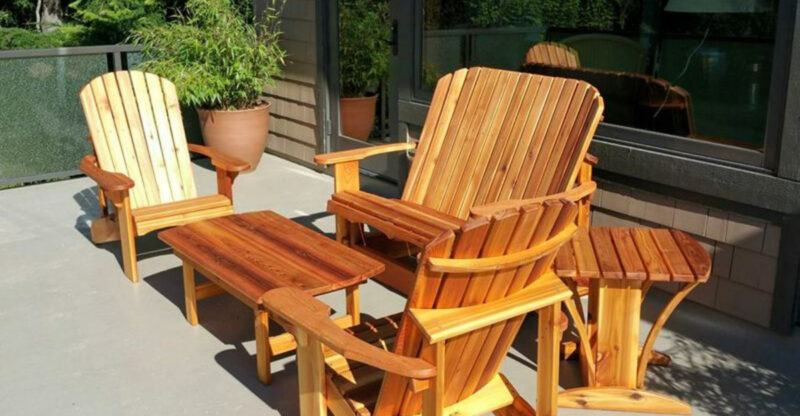Household Items That May No Longer Be Useful
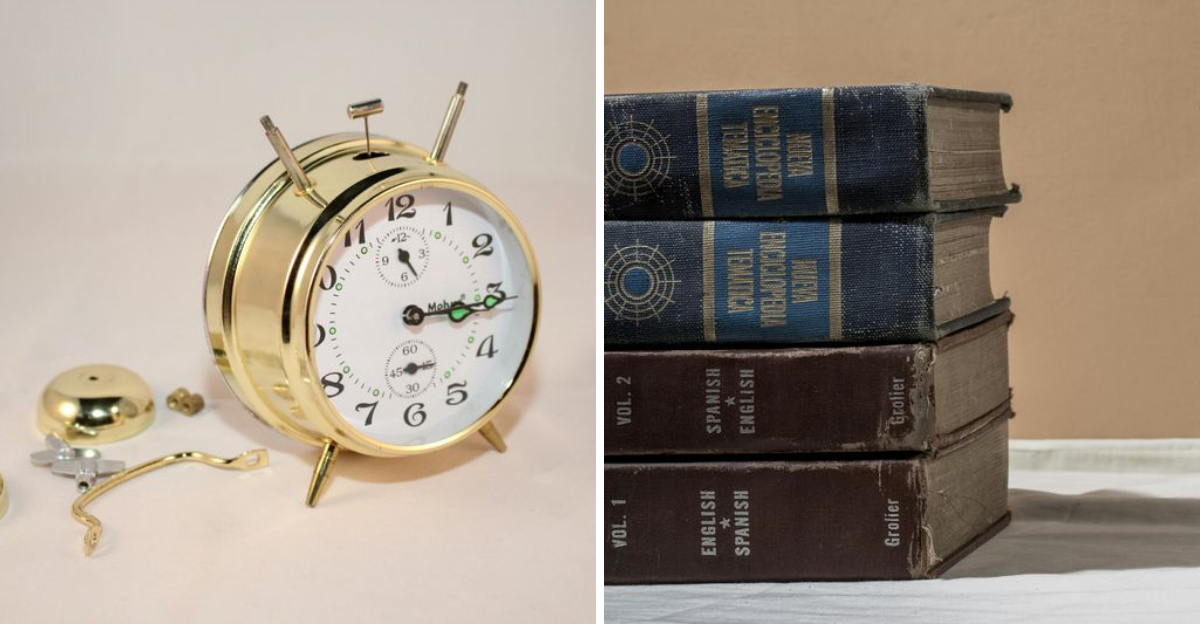
Our homes often contain items that once seemed essential but have become obsolete in today’s world. As technology advances and lifestyles change, many household objects simply gather dust rather than serve their intended purpose.
Let’s explore some common possessions you might want to reconsider keeping around, freeing up space for things that better fit modern living.
Keep in mind that what’s considered outdated can vary from person to person. These suggestions are meant to inspire reflection, not dictate what you should keep or toss. Always consider your own habits, routines, and values when deciding what stays in your home.
1. Landline Phones
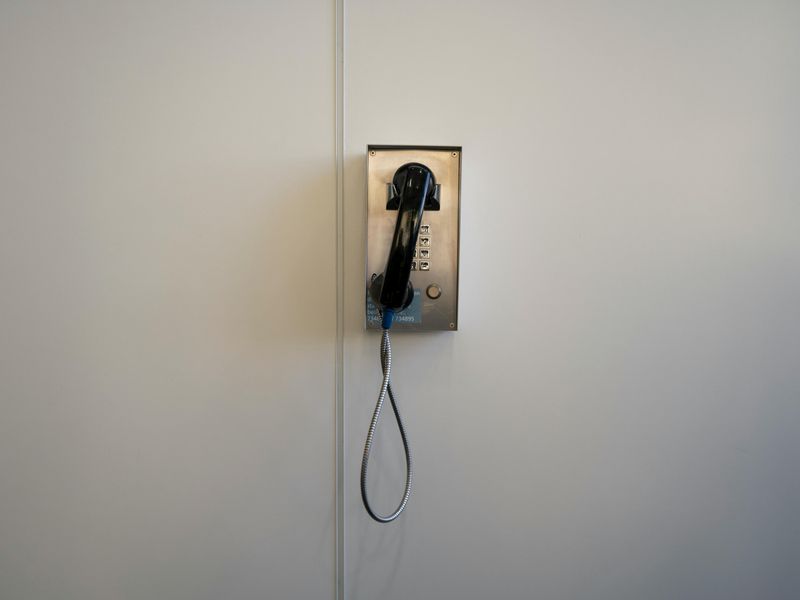
Remember those wall-mounted contraptions with curly cords? With most people carrying smartphones, traditional landlines have largely become unnecessary relics of the past.
Many families maintain them only out of habit or for emergency backup. The monthly service fees add up quickly, especially considering most landlines sit unused while everyone communicates through mobile devices.
Even emergency contact purposes can now be handled by cell phones with backup power options, making the trusty old landline increasingly redundant in modern households.
2. Paper Road Maps
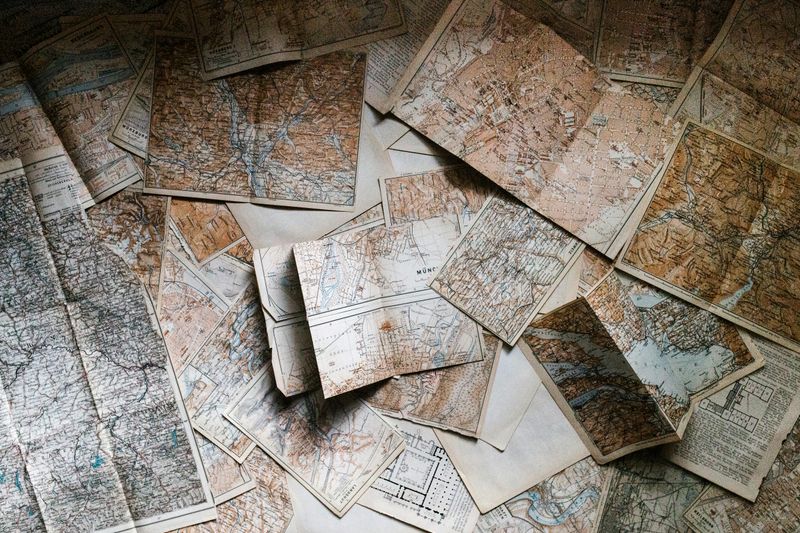
Those unwieldy folding maps that never quite fold back properly have been thoroughly outperformed by GPS and mapping apps. Digital navigation provides real-time traffic updates, alternative routes, and precise turn-by-turn directions.
While some argue for keeping physical maps as backups, most smartphones work offline with downloaded maps. The space dedicated to storing these paper maps could be put to better use.
For those rare adventures truly off the grid, specialized outdoor maps are far more useful than the general road atlases many homes still harbor.
3. DVD Players and VCRs
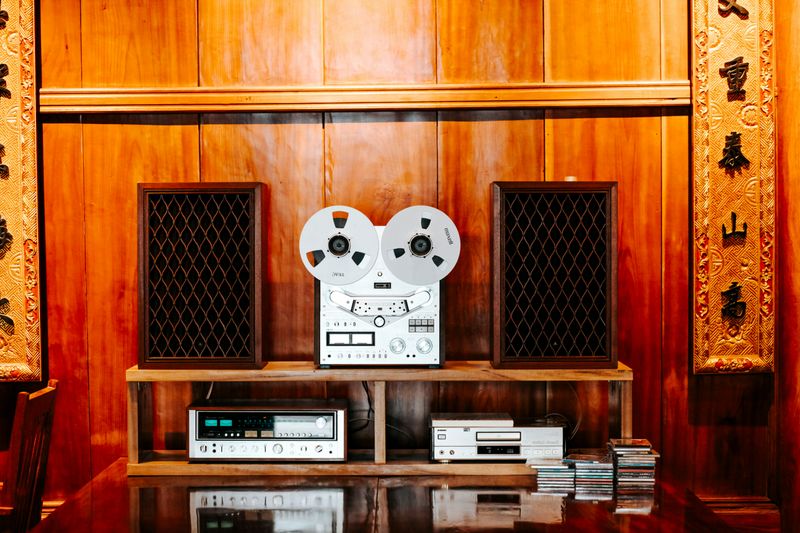
These boxes, once a staple of home entertainment, have largely been replaced by streaming devices and smart TVs. Many newer TVs don’t even have ports for these older technologies.
The physical space these players take up could be used for current devices or simply left open for a cleaner look. Smart TVs and streaming sticks provide access to a virtually limitless amount of content without the need for physical media or dedicated players.
Unless you have irreplaceable home videos or rare movies that aren’t available digitally, these devices probably serve more as nostalgic decorations than as practical tools.
4. Bulky Reference Books
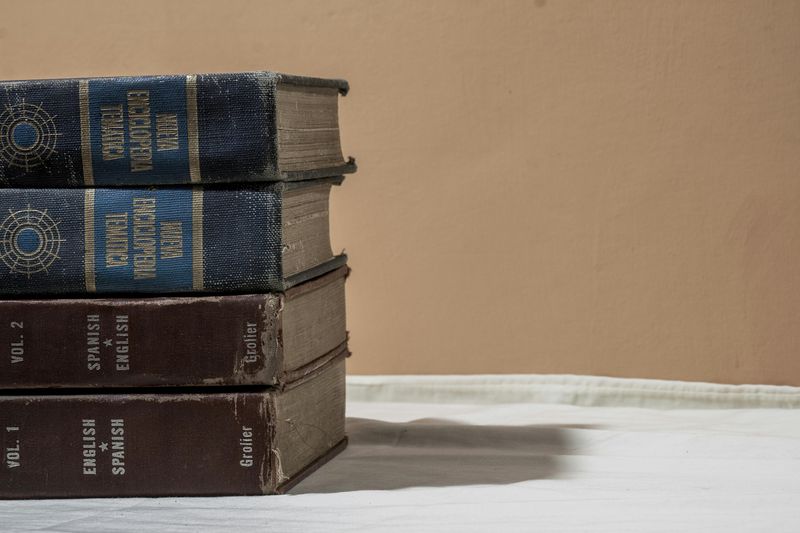
Heavy dictionaries, encyclopedias, and phone books once occupied proud places on family bookshelves. Today, they’ve largely become decorative items rather than practical references.
Online searches provide instant access to more comprehensive and current information than any printed reference could contain. Digital alternatives take up zero physical space while offering vastly more content, regular updates, and powerful search capabilities.
While beautifully bound books might have aesthetic appeal, consider whether the shelf space they occupy could better serve your current needs and interests.
5. Alarm Clocks
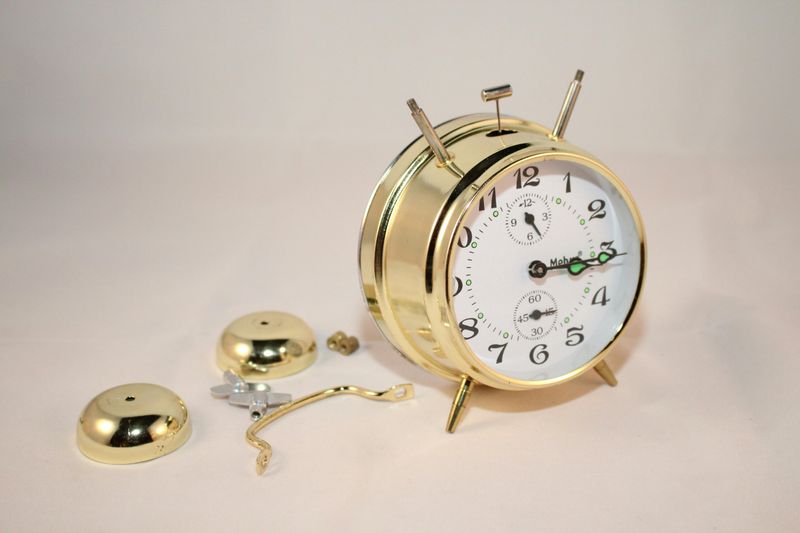
Those dedicated bedside timepieces with their glowing red numbers have been largely replaced by smartphone alarms. Most people keep their phones nearby while sleeping anyway, making separate alarm devices redundant.
Modern phones offer customizable alarms, gradual wake-up sounds, and smart features that traditional alarm clocks can’t match. They adjust automatically for daylight saving time and travel, eliminating the need for manual resets.
Unless you’re specifically avoiding electronics in the bedroom, that nightstand space could be freed up for other items or simply left cleaner and less cluttered.





